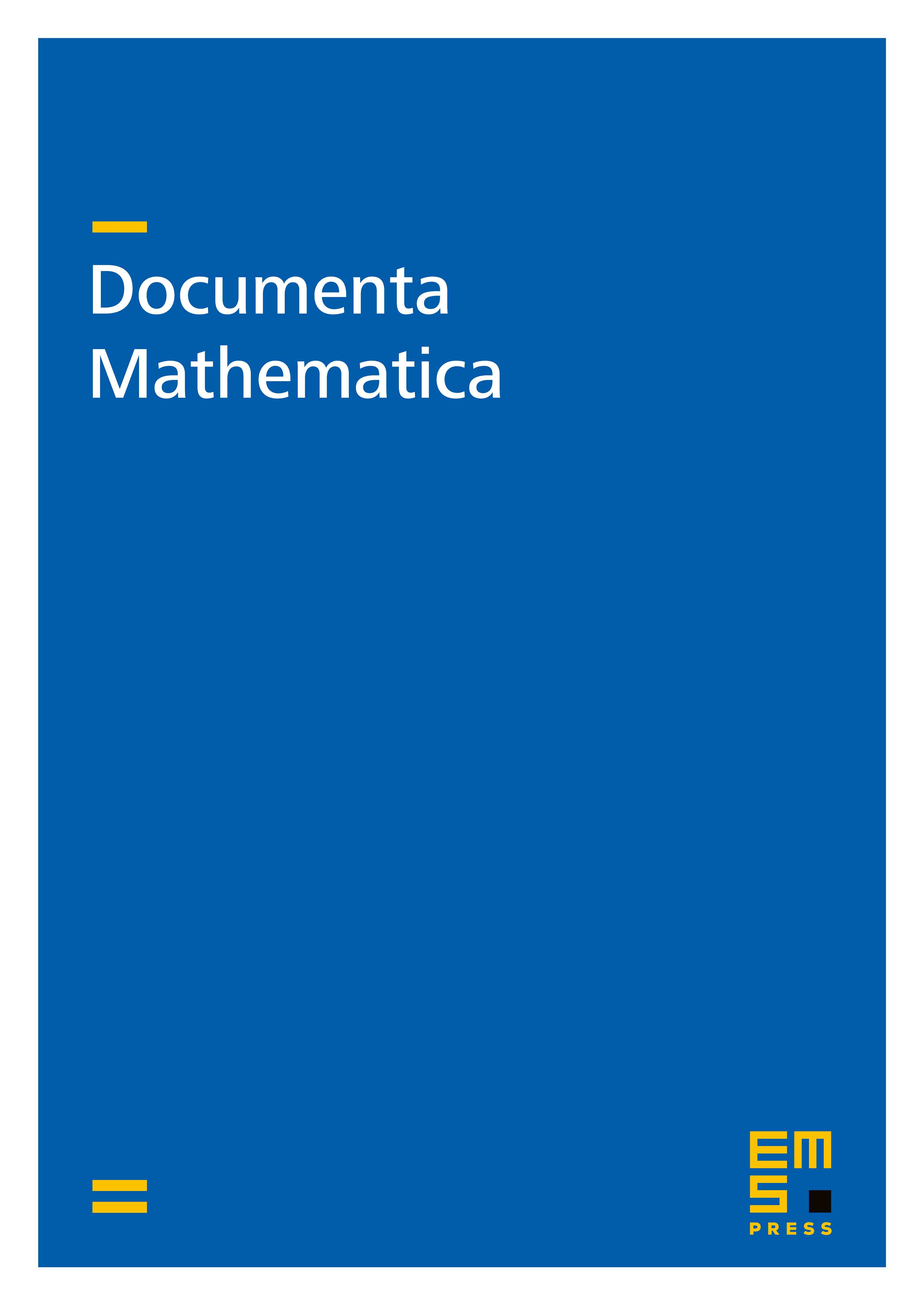Constructing reducible Brill–Noether curves
Eric Larson
Department of Mathematics, Brown University, Box 1917, 151 Thayer Street, Providence, RI 02912, United States

Abstract
A fundamental problem in the theory of algebraic curves in projective space is to understand which reducible curves arise as limits of smooth curves of general moduli. Special cases of this question and variants have been critical in the resolution of many problems in the theory of algebraic curves over the past half century; examples include Sernesi's proof of the existence of components of the Hilbert scheme with the expected number of moduli when the Brill–Noether number is negative [E. Sernesi, Invent. Math. 75, 25–57 (1984; Zbl 0541.14024)], and Ballico's proof the Maximal Rank Conjecture for quadrics [E. Ballico, Lith. Math. J. 52, No. 2, 134–137 (2012; Zbl 1282.14054)]. In this paper, we give close-to-optimal bounds on this problem when the nodes are general points and the components are general in moduli. The results given here significantly extend those cases established by [Sernesi, loc. cit.], [Ballico, loc. cit.], and others. As explained in [Eric Larson, "Degenerations of curves in projective space and the maximal rank conjecture", Preprint (2018); arXiv:1809.05980], they also play a key role in the author's proof of the Maximal Rank Conjecture [Eric Larson, "The maximal rank conjecture", Preprint (2017); arXiv:1711.04906].
Cite this article
Eric Larson, Constructing reducible Brill–Noether curves. Doc. Math. 27 (2022), pp. 1953–1983
DOI 10.4171/DM/X23